The evolution of uniforms in the Premier League: a look back at kit history
Discover how Premier League uniforms have evolved over time: improvements throughout the years.
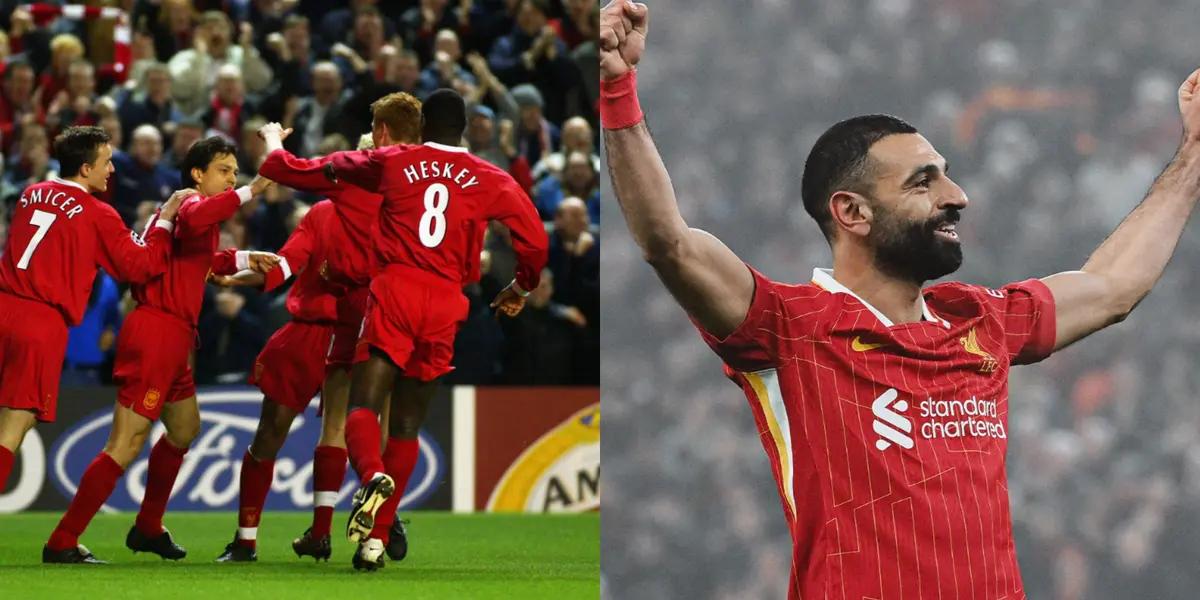
The Premier League, the top tier of english football, has witnessed a remarkable evolution in team uniforms since its inception in 1992. Changes in design, colors, and technologies have reflected not only fashion trends but also technological advancements and commercial considerations.
The early years: simplicity and tradition
In the 1990s, Premier League uniforms were characterized by their simplicity and adherence to each club's traditions. Designs were typically basic, featuring classic patterns and a color palette that represented the historical identity of each team. For instance, Manchester United sported its iconic red jersey with minimal details, while Arsenal maintained its traditional red and white combination.

The influence of sponsors
As football became more globalized, sponsors began to play a more prominent role in uniform design. Commercial brands not only appeared on the front of jerseys but also influenced colors and styles to align with their corporate identities. This phenomenon led to diversification in designs and, in some cases, controversies between traditionalists and commercial needs.
The technological revolution in materials
With the turn of the 21st century, technological innovations transformed uniform production. Sports brands started using lighter, more breathable materials, enhancing player performance on the pitch. Technologies that facilitate sweat evaporation and provide greater comfort became standard in kit manufacturing.
Customization and climate adaptation
In addition to improved materials, uniforms began adapting to specific seasonal weather conditions. Versions for warm and cold climates were developed, enabling players to maintain optimal performance regardless of weather. This customization also extended to fans, who could purchase replica jerseys in various styles and fits.

Recent trends: innovation and nostalgia
In recent seasons, uniform designs have oscillated between innovation and nostalgia. Some clubs have opted to pay homage to historical kits by incorporating retro elements, while others have embraced bold patterns and vibrant colors to appeal to younger audiences.
Changes in the 2024/2025 season
For the 2024/2025 season, several clubs have introduced uniforms that blend tradition and innovation. Manchester United, for example, launched a jersey that incorporates a modern design while retaining its signature red color. Meanwhile, Arsenal unveiled a kit paying tribute to its historic uniforms from the 1980s, updated with a contemporary style.
The importance of design in club identity
Uniform design plays a crucial role in a club's identity. Colors and patterns not only represent the history and values of the institution but also strengthen the sense of belonging among fans. A well-designed uniform can become an iconic symbol, remembered for generations and associated with historic moments in a team's journey.
Iconic uniforms in Premier League history
Over the years, several uniforms have left an indelible mark on the collective memory of fans. The Manchester United jersey from the 1998/1999 season, with which they achieved the treble, is an example of how a design can become synonymous with success and sporting glory. Similarly, Arsenal's 2003/2004 kit, known as "The Invincibles," is remembered for the feat of finishing the league unbeaten.

The influence of sports brands
Sports brands producing uniforms have also played a significant role in the evolution of kits. Companies like Nike, Adidas, Puma, and Umbro have contributed their style and technology, adding to the diversity and quality of designs. Competition among these brands has driven innovation, resulting in uniforms that seamlessly combine functionality and aesthetics.
Collaborations and special editions
In recent years, there has been a trend toward collaborations between clubs and fashion designers, resulting in special edition uniforms. These partnerships aim to attract a broader audience and merge the worlds of sport and fashion, creating pieces that transcend sportswear to become coveted items for collectors and fans alike.
Key facts about the evolution of uniforms in the Premier League
- Early simplicity: Uniforms from the 1990s were characterized by simple and traditional designs.
- Commercial influence: The presence of sponsors began influencing jersey colors and styles.
- Technological advancements: The use of lighter, more breathable materials improved player performance.
- Climate adaptation: Specific kits were developed for different weather conditions.
- Current trends: Recent designs combine nostalgic elements with modern innovations.
- Club identity: Uniforms reflect each team's history and values, strengthening bonds with fans.
More news

THE GANG IS HERE! First Argentine Stars Arrive in Buenos Aires for Final Qualifier Push!
01/09/2025

THE LAST DANCE! Lionel Messi Confirms His Final World Cup Qualifier in Argentina!
29/08/2025

TRANSFER COLLAPSES! Julio Enciso Fails Medical Exams, Returns to Brighton!
27/08/2025

Vini doesn't feel entirely comfortable at Real Madrid anymore and is seeking a future at another club
26/08/2025

HERE WE GO! Piero Hincapié Says YES to Arsenal, Club Prepares Final Bid for Leverkusen Star!
26/08/2025

THE REAL MADRID SHOWDOWN: Nico Paz's Future Sparks a Bidding War Across Europe!
25/08/2025
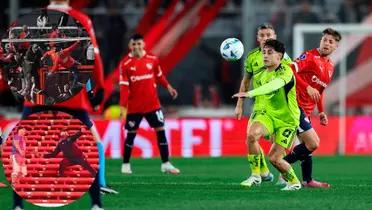
SOUTH AMERICAN SHAME: Independiente vs. U. de Chile Match Canceled After Horrific Incidents!
21/08/2025

Rodrygo Benched by Xabi Alonso: The End of an Era at Real Madrid?
20/08/2025

PARIS IN PARIS! The New Superclub, Paris FC, Rises to Threaten PSG-Marseille Rivalry!
20/08/2025

PSG’s €850M Budget is 30x Larger Than the Smallest in Ligue 1!
19/08/2025

THE DEBUTS ARE HERE! Estupiñán & Modrić Step Onto the San Siro Stage!
18/08/2025

CONTROVERSY IGNITES! Barcelona Opens Season with a Contested 2-0 Victory Over Mallorca!
18/08/2025

SCANDAL ESCALATES: Donnarumma's Harsh Letter Responds to Luis Enrique's Super Cup Snub!
15/08/2025
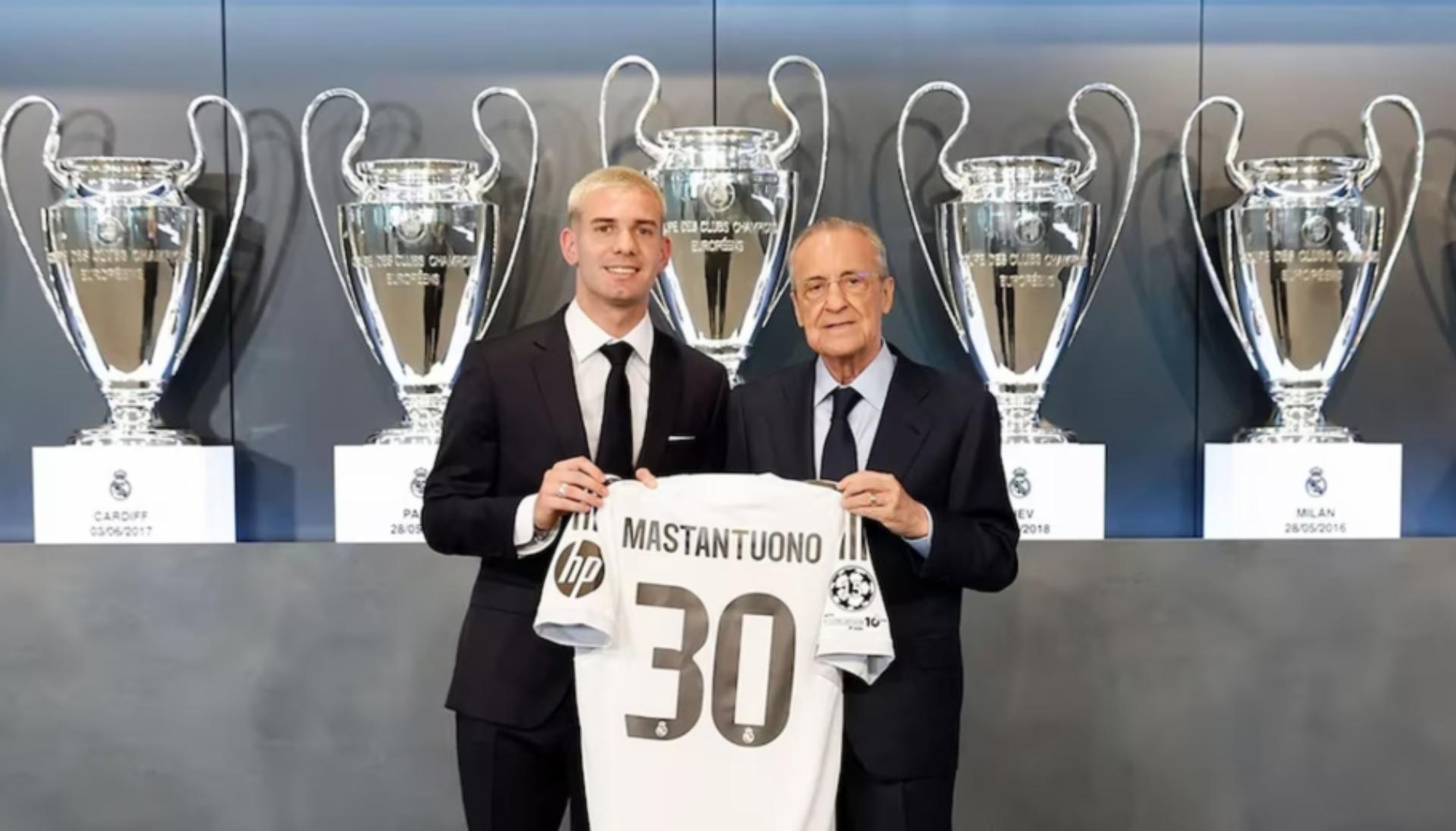
Franco Mastantuono: A New Number 30 for Real Madrid with a Nod to the Past
14/08/2025

HISTORY MADE! PSG Wins First-Ever Super Cup Title in Thrilling Penalty Shootout!
14/08/2025
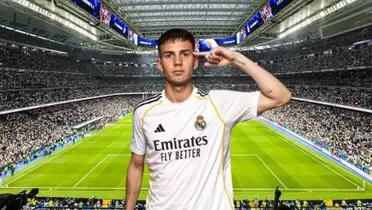
Mastantuono Arrives at Valdebebas for Real Madrid Presentation
13/08/2025

ON AND OFF THE PITCH: Is Nicki Nicole the New WAG of Barcelona's Lamine Yamal?
13/08/2025
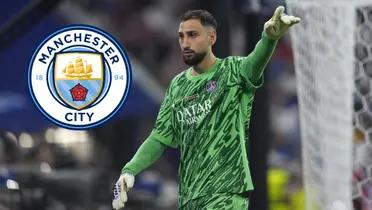
Donnarumma Bids Farewell to Paris Saint-Germain at the Peak of His Career
13/08/2025



